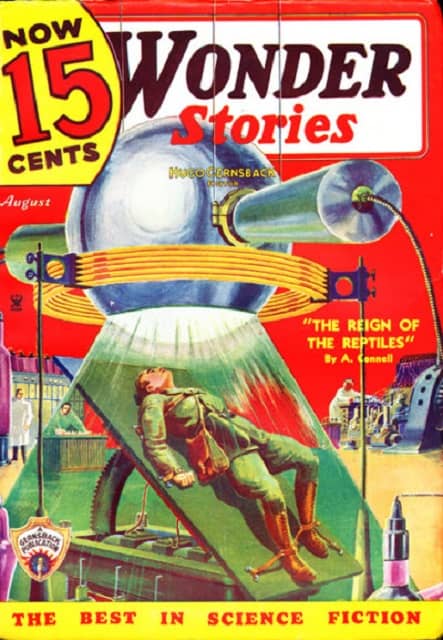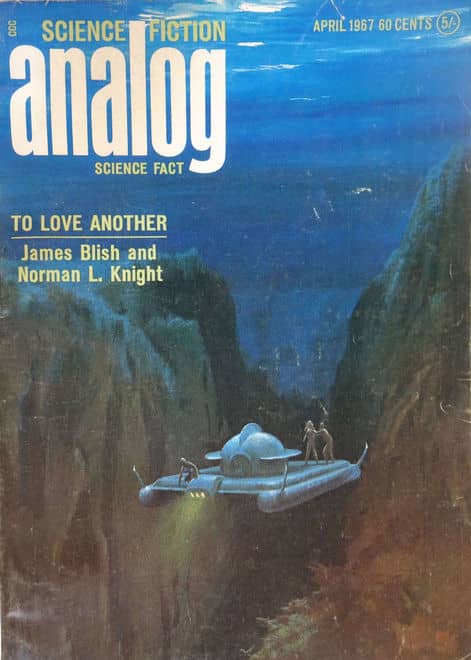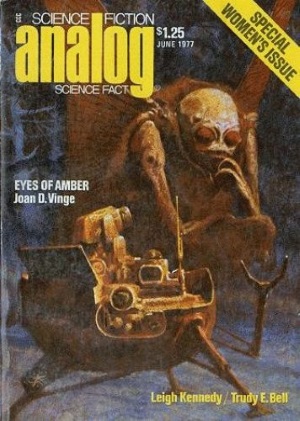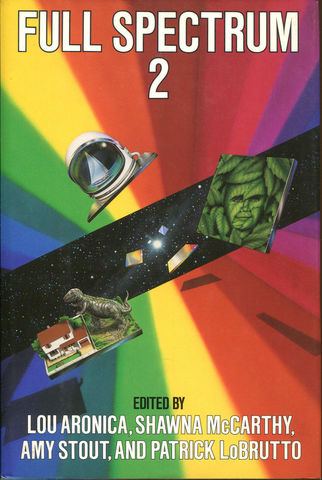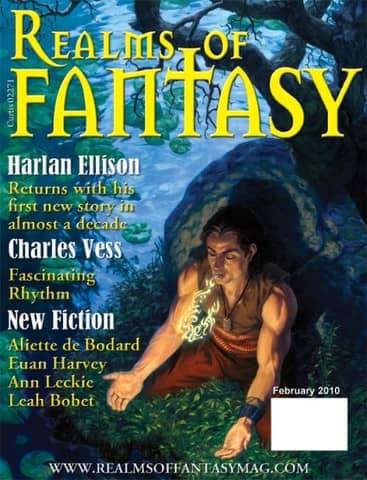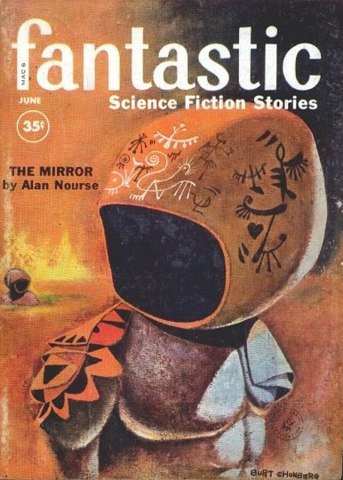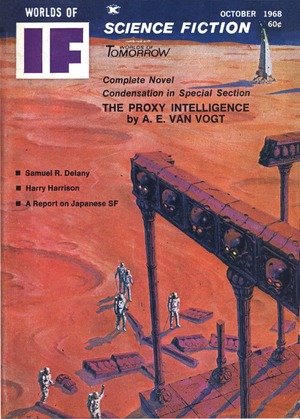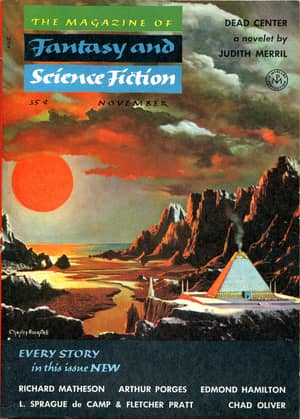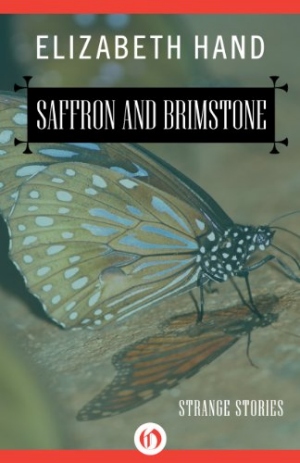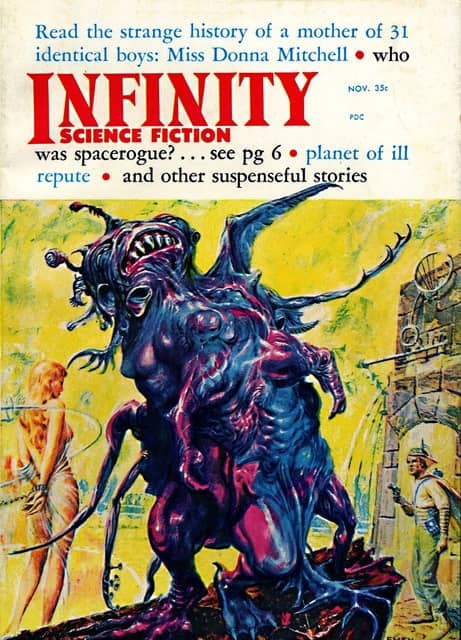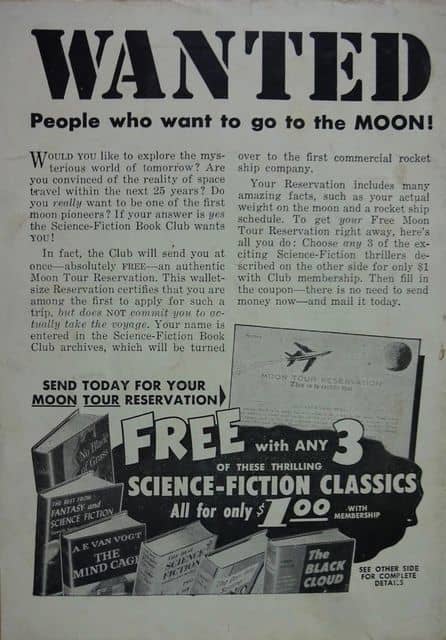Birthday Reviews: Robert Bloch’s “The Fane of the Black Pharoah”
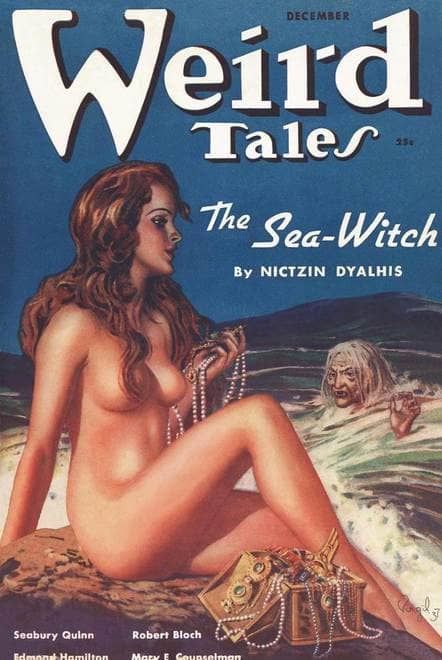 |
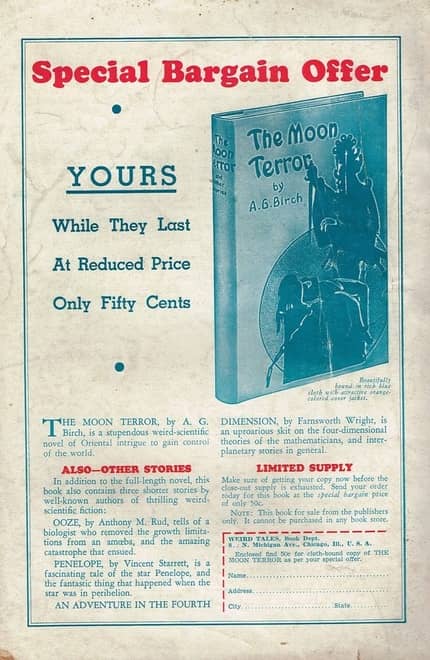 |
Cover by Virgil Finlay
Robert Bloch was born on April 5, 1917 and died on September 23, 1994.
His short story “That Hell-Bound Train” won the Hugo Award in 1959, and he won the Bram Stoker Award for his non-fiction book Once Around the Bloch: An Unauthorized Autobiography, for his collection The Early Fears, and his novelette “The Scent of Vinegar.” His screenplay for the film Psycho, based on his novel, received the Edgar Allan Poe Award.
Bloch was the Guest of Honor for each of the three Toronto Worldcons, Torcon I in 1948, Torcon II in 1973, and posthumously for Torcon 3 in 2003. He also received a Special Worldcon Committee Award in 1984. Bloch was named a Grandmaster by the World Horror Con and received a Lifetime Achievement Award at the World Fantasy Convention. He has also received the Big Heart Award, the First Fandom Hall of Fame Award, and a Forry Award.
“The Fane of the Black Pharoah” was first published in Weird Tales in the December 1937 issue, edited by Farnsworth Wright. Donald Wollheim reprinted it a decade later in the Avon Fantasy Reader, No. 5, 1947 and Bloch included it in his Lovecraftian collection Mysteries of the Worm. Robert M. Price included it in two Lovecraft anthologies: Tales of the Lovecraft Mythos, from Fedogan & Bremer, and The Nyarlathotep Cycle: The God of a Thousand Forms, from Chaosium. In 1983 it was translated into French.
